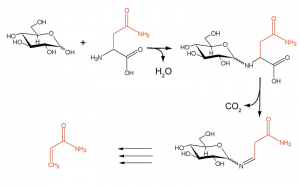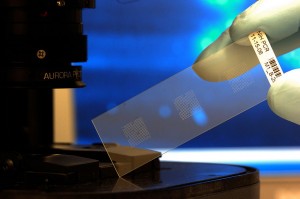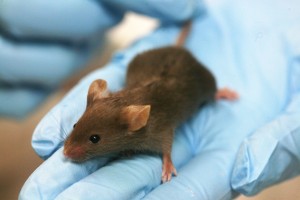Bacon is a simple food. It’s salty and it’s crispy. It can be eaten with pancakes, eggs, for breakfast or for dinner. The smell of it alone is enough to drag someone out of bed first thing in the morning. The joy of bacon doesn’t arise solely when you eat it, but rather when you start to cook it, allowing its aromas to be released.
The question is, what makes bacon smell so good? The American Chemical Society (ACS), partnered with the Compound Interest Blog, together have come up with the answer as to why the smell of bacon can be so irresistible. The answer? Science! That particular smell of bacon is the product of 150 different organic compounds. As heat is applied, the sugars, amino acids and fats present in the meat break down, allowing the Maillard Reaction to take place. This reaction occurs at a high-temperature allowing the amino acids of the meat to interact with the reducing sugars present in the bacon fat. This mechanism is also responsible for turning your food brown as it cooks. It is this combination of the 150 compounds that produce the drool-worthy fragrance that bacon emits.
Among these organic compounds are aldehydes, hydrocarbons and nitrogen-containing pyridines. As referenced in the video below, a study conducted in 2004 by Carrapiso and colleagues researched the aromas released from friend bacon and fried pork loin. Their work concluded that the nitrogen-containing compounds present in bacon are likely the main cause of the preferential aroma, which are unique to bacon and not replicated in other pork products
Many different types of foods (for example, coffee, chocolate and bread) can all undergo a Maillard Reaction, each have their own distinct combination of organic compounds and thus different aromas. This is why baking bread doesn’t smell the same as frying bacon. However, it is these specific compounds that flavor scientists have targeted over the years in the generation of artificial flavors (which includes maple syrup).
Check out this video by ACS and the Compound Interest blog on the science behind bacon.
Thanks for reading!
Samantha Mee







